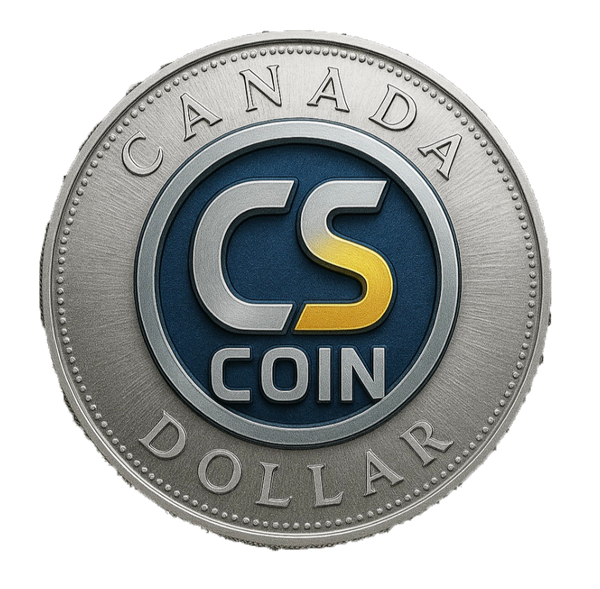United States Two Dollar Banknotes
-
1862-1917
Shop 1862-1917The earliest $2 notes were large-size Legal Tender notes issued during and after the Civil War. These featured a range of prominent figures including Alexander Hamilton and Thomas Jefferson, with complex engravings and ornate borders. Over the years, these designs evolved, but all had red seals and large dimensions. They were used less frequently than other denominations, making them scarcer today.
-
1896
Shop 1896The $2 note from the Educational Series depicts "Science Presents Steam and Electricity to Commerce," symbolizing America’s industrial progress. It features a neoclassical allegorical scene on the front and portraits of inventors Robert Fulton and Samuel Morse on the reverse. Like the rest of the series, it is highly artistic and sought after. These notes represent the pinnacle of U.S. currency design.
-
1928
Shop 1928This was the first small-size $2 note and featured Thomas Jefferson on the front with Monticello, his home, on the back. It used a red Treasury seal and red serial numbers, distinguishing it from silver certificates and Federal Reserve Notes. This series marked the modernization of the $2 denomination. Though not heavily circulated, it remained in use for many decades.
-
1953-1963
Shop 1953 & 1963These notes maintained the same small-size layout and Jefferson portrait as the 1928 version, with updated design elements like slightly modernized typography. They were still legal tender notes, using a red seal, and were printed in relatively small quantities compared to other denominations. As fewer people used $2 bills in daily transactions, many were stored and collected. Crisp examples from these years are still affordable and collectible.
-
1976-Present
Shop 1976-PresentTo commemorate the U.S. Bicentennial, the $2 note was reissued as a Federal Reserve Note with a green seal and a new reverse featuring the signing of the Declaration of Independence. Despite its limited circulation, it is still legal tender and printed periodically. Its unusual denomination and rich design have made it a popular collector’s item. Many were saved in 1976, leading to a surplus of uncirculated notes today.
